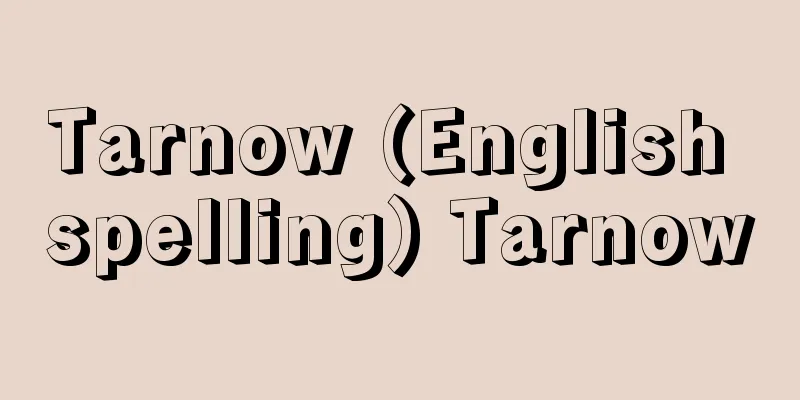Mirror nucleus - Mirror nuclei

|
A nucleus is composed of protons and neutrons, and a pair of nuclei in which the proton number Z and the neutron number N are reversed is called a mirror nucleus. The sum of the two ( Z + N = A) is called the mass number. The oxygen-15 nucleus with ( Z , N ) = (8,7) and the nitrogen-15 nucleus with ( Z , N ) = (7,8) are examples of mirror nuclei. There are also many other examples, such as the fluorine-19 nucleus (9,10) and the neon-19 nucleus (10,9), or the silicon-29 nucleus (14,15) and the phosphorus-29 nucleus (15,14). Historically, the difference in binding energy between mirror nuclei has provided important information. Assuming charge symmetry, in which the nuclear force acting between protons is equal to the nuclear force acting between neutrons, the binding energies of two mirror nuclei differ by the Coulomb energy due to the electrostatic repulsion acting between the protons. Generally, if there are Z protons, the number of proton pairs is expressed as Z ( Z -1)/2, so in the example of oxygen-15 and nitrogen-15, the number is 28 and 21, meaning that the oxygen nucleus has 7 more protons. Since electrostatic energy depends on the size of the charged object, this can be used to determine the size of the atomic nucleus. This method was used by Henri Bethe in 1938. For example, in the case of silicon-29 and phosphorus-29, if we assume a charged sphere with the same radius R, the experimental Coulomb energy difference of 4.96 million electron volts gives a radius of about 5 x 10 -15 meters. However, in nuclei with a large number of protons, they become stable only when the number of neutrons is much greater than the number of protons, so only relatively light nuclei can have a mirror pair. [Koji Bando and Toshio Motoba] Source: Shogakukan Encyclopedia Nipponica About Encyclopedia Nipponica Information | Legend |
|
原子核は陽子と中性子とで構成されているが、陽子数Zと中性子数Nとが互いに逆になっている1対の原子核を鏡映核という。また両方の和(Z+N=A)を質量数という。(Z,N)=(8,7)の酸素15の原子核と、(Z,N)=(7,8)の窒素15の原子核とは鏡映核の一例である。また、フッ素19原子核(9,10)とネオン19原子核(10,9)、あるいはシリコン29原子核(14,15)とリン29原子核(15,14)など例も多い。歴史的には鏡映核の結合エネルギー差は重要な情報をもたらした。陽子間に働く核力と中性子間に働く核力とは等しいという荷電対称性を仮定し、二つの鏡映核の結合エネルギーを比べると、陽子間に働く静電的な斥力によるクーロンエネルギーの分だけ異なることになる。一般にZ個の陽子があれば陽子対の数はZ(Z-1)/2と表されるので、酸素15と窒素15の例では、28と21となり、酸素原子核のほうが7だけ多いわけである。静電エネルギーは帯電物の大きさに依存して決まるので、このことを利用して原子核の大きさを知ることができる。この方法はH・ベーテが1938年に使用した。たとえば、シリコン29とリン29の場合に、同じ半径Rの帯電球を仮定すると、実験のクーロンエネルギー差496万電子ボルトから半径約5×10-15メートルが得られる。しかしながら、陽子数の大きな原子核では、中性子数が陽子数よりずっと多くなって初めて安定になるので、鏡映核の1対がともに存在するのは比較的軽い原子核に限られる。 [坂東弘治・元場俊雄] 出典 小学館 日本大百科全書(ニッポニカ)日本大百科全書(ニッポニカ)について 情報 | 凡例 |
Recommend
Wakatake Fuemi
Years of birth: Years of birth and death unknown. ...
Kyoto Highway - Kyokaido
A highway that connected Kyoto and Osaka in the ea...
Mahāvaṁsa (English spelling)
A historical book of ancient Sri Lanka. It is tran...
Cassius - Gaius Cassius Longinus
A Roman politician and general in the final days ...
Supplementary budget - Hoseiyosan (English spelling) supplementary budget
A supplementary budget is a budget prepared to ma...
One person - Ichinohito
The person with the highest authority. It can also...
Area navigation - Area navigation (English)
A navigation system developed to alleviate the inc...
Taro Tachisaku
A scholar of international law. Born in Tokyo. Gr...
Apricot leaf (part 1) - Gyoyo
…The reason for dividing the kusazuri into eight ...
Cardiopulmonary ratio - shinpaikeisuu (English spelling) cardiopulmonary ratio
The Schneider test is a test that measures the hea...
Sojito - Head of the local government
A type of land steward appointed by the Kamakura ...
Coot (English spelling) - Coot
A bird of the family Rallidae (illustration) in th...
Kazamachi - Waiting for the wind
〘 noun 〙 The act of a ship anchoring to wait for a...
Dodgson, CL
…English fairy tale writer. His real name was Cha...
The Joou Incident
In September 1652 (Shoo 1), a group of ronin led ...









